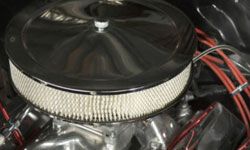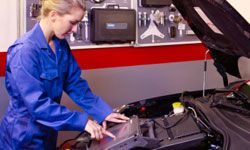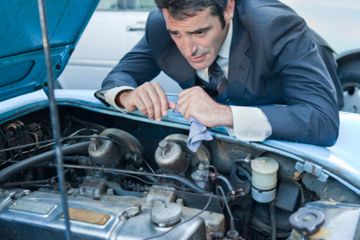For some auto enthusiasts, the car that rolls off of the assembly line isn't quite up to speed, so to speak. Some drivers love to tinker with their cars' engines, adding more power or improving fuel-efficiency. But what can you do when you want to feel a little more rumbling coming from that engine?
Ordinarily, an engine handles air intake this way: A piston moves down, creating a vacuum, allowing air at atmospheric pressure to be drawn into the combustion chamber. Combined with fuel, it forms a unit of energy, which is turned into kinetic energy (or horsepower) via combustion, thanks to an ignition from the spark plug.
Advertisement
To improve a car's performance -- in other words, to make it go faster, something all car aficionados and gearheads crave -- would require more powerful, or at least more efficient, combustion. More fuel alone going into the engine wouldn't work, because of the delicate relationship between the oxygen in the air and the fuel required for the combustion. Instead, modifying your car's engine to accept more air and fuel is the key. Here are five ways to modify your car to make that happen.



